Home>Garden Essentials>How Much Air Pollution Can Green Space Remove?
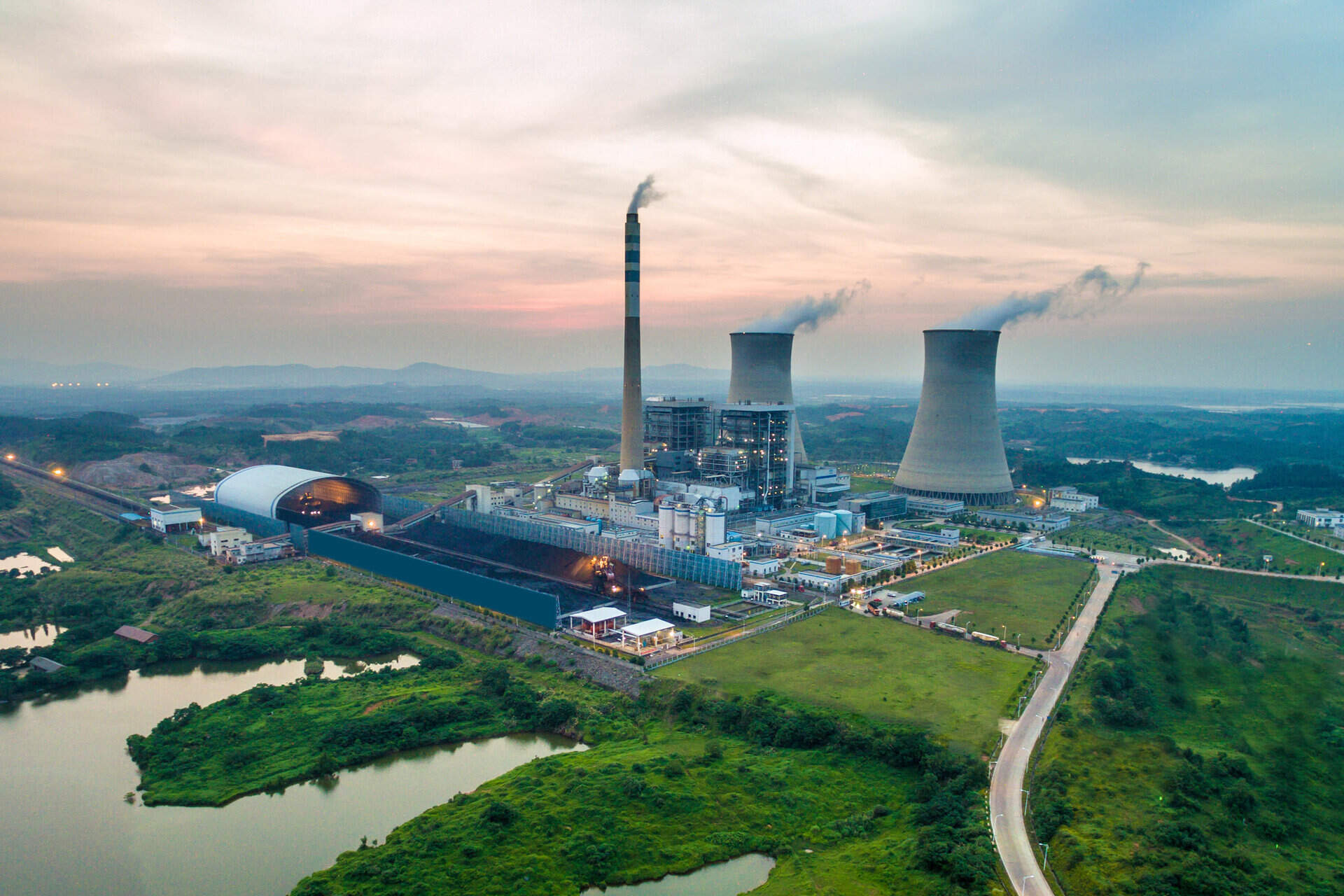

Garden Essentials
How Much Air Pollution Can Green Space Remove?
Modified: March 7, 2024
Discover the incredible benefits of green spaces in removing air pollution. Learn how a well-maintained garden contributes to cleaner and healthier environments.
(Many of the links in this article redirect to a specific reviewed product. Your purchase of these products through affiliate links helps to generate commission for Storables.com, at no extra cost. Learn more)
Introduction
Welcome to the world of green spaces and their extraordinary potential in reducing air pollution. Air pollution has become a pressing global issue, affecting the health and well-being of millions of people. It is a consequence of various human activities, including industrial processes, transportation, and the burning of fossil fuels. The resulting pollution not only poses a threat to our environment but also increases the risk of respiratory diseases, cardiovascular problems, and other health issues.
In the fight against air pollution, green spaces have emerged as an innovative and sustainable solution. Whether it’s a small urban park, a community garden, or vast stretches of forests and meadows, green spaces have the remarkable ability to mitigate the impact of air pollution. Beyond their aesthetic appeal and recreational opportunities, these green areas play a critical role in improving air quality and ultimately, our quality of life.
The Benefits of Green Spaces
Green spaces offer a wide range of benefits that extend far beyond their visual appeal. These green areas create a natural sanctuary within urban environments, providing a respite from the concrete jungle. They offer opportunities for recreation, relaxation, and connection with nature, which are essential for our mental and physical well-being.
Moreover, green spaces act as a vital habitat for numerous plant and animal species, promoting biodiversity in our urban areas. They also help regulate temperature, reduce stormwater runoff, and enhance the overall environmental sustainability of cities.
How Green Spaces Reduce Air Pollution
One of the most significant benefits of green spaces is their ability to reduce air pollution. Through a process known as phytoremediation, plants in these green areas can absorb pollutants from the air and soil, effectively cleansing the surrounding environment.
Plants take in carbon dioxide during photosynthesis, which is a greenhouse gas associated with climate change. By absorbing carbon dioxide, green spaces act as natural carbon sinks, reducing the amount of this harmful gas in the atmosphere. Additionally, plants can absorb various air pollutants, including nitrogen dioxide, ozone, and particulate matter. This remarkable ability helps to improve air quality and minimize the impact of air pollution on human health.
Factors Affecting the Air Pollution Removal Capacity of Green Space
However, it’s important to note that the effectiveness of green spaces in air pollution removal can vary depending on several factors. The types of plants, their density, and the overall size of the green area all play a crucial role in determining the extent to which air pollution can be reduced. Additionally, climatic conditions, proximity to pollution sources, and the presence of other environmental factors can influence the effectiveness of green spaces in combating air pollution.
Key Takeaways:
- Green spaces, like parks and gardens, can absorb air pollutants, making the air cleaner and healthier for people to breathe. They also provide places for relaxation and physical activity.
- To maximize the benefits of green spaces in reducing air pollution, it’s important to choose a variety of plants, maintain them well, and involve the community in caring for these areas.
The Benefits of Green Spaces
Green spaces offer a multitude of benefits that go beyond their aesthetic appeal. They have a transformative effect on urban environments, creating a harmonious balance between nature and concrete. These green areas provide numerous advantages to both individuals and communities, enhancing both physical and mental well-being.
First and foremost, green spaces serve as a sanctuary amidst the hustle and bustle of urban life. They provide a much-needed escape from the noise and stress of the city, allowing people to relax and rejuvenate in a calming natural environment. Whether it’s a small neighborhood park or a sprawling botanical garden, these green oases offer a chance for solitude and introspection.
In addition to their soothing qualities, green spaces also offer opportunities for physical activities and recreation. Parks and open spaces provide ample room for jogging, walking, cycling, and other outdoor exercises. Engaging in physical activities amidst nature not only promotes a healthy lifestyle but also contributes to the overall well-being of individuals.
Moreover, these green areas foster a sense of community and social interaction. They serve as gathering spaces for outdoor events, picnics, and family outings. The presence of green spaces encourages people to come together, bond, and engage in shared activities. In this way, green spaces play a pivotal role in strengthening social connections and building vibrant communities.
Another significant benefit of green spaces is their ability to improve mental health. Research has consistently shown that spending time in nature can reduce stress, anxiety, and depression. The presence of greenery has a calming effect on the human mind, promoting relaxation and well-being. Whether it’s a stroll through a garden or sitting under a shade tree, the therapeutic benefits of green spaces are invaluable for maintaining mental wellness.
Furthermore, green spaces contribute to environmental sustainability and conservation efforts. They provide habitats for a diversity of plant and animal species, supporting biodiversity in urban areas. These green areas act as natural corridors, allowing wildlife to move freely and promoting ecological balance. By creating a balance between built-up areas and natural habitats, green spaces help preserve and protect our fragile ecosystems.
In addition to the ecological benefits, green spaces also contribute to the overall livability of cities. They improve air quality by absorbing carbon dioxide and other pollutants, mitigating the impact of air pollution on human health. Green areas also help regulate temperature, reducing the urban heat island effect. This cooling effect is particularly essential in densely populated urban areas, where high temperatures can exacerbate the adverse health effects of heatwaves.
Overall, the benefits of green spaces are far-reaching and multi-faceted. From providing recreational opportunities and fostering social connections to improving mental health and promoting environmental sustainability, these green areas are invaluable assets for individuals, communities, and the planet as a whole. The significance of green spaces in enhancing our quality of life cannot be overstated, making them an indispensable component of any urban planning and development efforts.
How Green Spaces Reduce Air Pollution
Green spaces play a crucial role in reducing air pollution through a process known as phytoremediation. This natural mechanism involves the use of plants to absorb and mitigate various pollutants present in the air and soil. By harnessing the power of nature, green spaces have the ability to cleanse the surrounding environment, contributing to cleaner air and improved air quality.
One of the primary ways green spaces reduce air pollution is through the absorption of carbon dioxide (CO2), a greenhouse gas that contributes to climate change. During photosynthesis, plants take in carbon dioxide and convert it into oxygen, effectively acting as carbon sinks. By increasing the number of plants in green spaces, we can enhance their carbon sequestration capacity, thus reducing the levels of CO2 in the atmosphere.
In addition to carbon dioxide, green spaces also have the capability to absorb other air pollutants, such as nitrogen dioxide (NO2), ozone (O3), and particulate matter (PM). These harmful pollutants are emitted from various sources, including vehicle exhaust, industrial activities, and combustion processes. When plants absorb these pollutants through their leaves, stems, and roots, they help to improve air quality by effectively removing these toxins from the air.
The ability of plants to absorb air pollutants is primarily attributed to their leaf surfaces. Plant leaves possess microscopic openings called stomata, through which gases can be exchanged. When pollutants come into contact with the leaf surfaces, they can be taken in through these stomata and transferred to the plant’s internal tissues. Once inside the plant, various biochemical processes break down and neutralize these pollutants, rendering them harmless.
Furthermore, the density and diversity of plant species in green spaces influence their effectiveness in reducing air pollution. Different plants have varying capacities to absorb pollutants, and combining a variety of plant species can enhance the overall pollutant removal potential. Additionally, the size and structure of leaves, as well as the overall leaf surface area, also play a role in determining the extent to which plants can absorb air pollutants.
It is important to note that green spaces not only help to reduce outdoor air pollution but also contribute to improving indoor air quality. Indoor plants, such as those found in homes, offices, and public buildings, have the ability to filter and purify the air by absorbing pollutants such as formaldehyde, benzene, and volatile organic compounds (VOCs). This is especially significant given the fact that indoor air pollution can often be more concentrated and harmful than outdoor air pollution.
Overall, green spaces offer a natural and sustainable means of reducing air pollution. They provide a cost-effective and aesthetically pleasing solution that can be implemented in various settings, from urban parks to rooftop gardens. By incorporating green spaces into our cities and communities, we can harness the power of nature to combat air pollution, improve air quality, and promote a healthier and more sustainable environment for all.
Factors Affecting the Air Pollution Removal Capacity of Green Space
The air pollution removal capacity of green spaces can vary depending on a variety of factors. Understanding these factors is essential for maximizing the effectiveness of green spaces in combatting air pollution and optimizing their air purification capabilities.
1. Types of Plants: Different plant species have varying abilities to absorb and process pollutants. Some plants are more efficient at removing specific pollutants, while others have a broader range of pollutant removal capabilities. Therefore, selecting plant species with high pollutant removal capacities is crucial for maximizing the air purification potential of green spaces.
2. Plant Density: The density of plants within a green space can significantly impact its air pollution removal capacity. A densely vegetated area provides a larger surface area for pollutant absorption, increasing the overall effectiveness of air purification. Therefore, planting a higher density of vegetation within green spaces can enhance their ability to filter and remove pollutants from the air.
3. Size of the Green Space: The size of the green space also plays a role in its air pollution removal capacity. Larger green spaces have the potential to accommodate a greater number of plants, resulting in increased absorption and removal of pollutants. Additionally, larger green spaces can create a larger buffer zone between pollution sources and nearby populations, helping to reduce the exposure to harmful pollutants.
4. Proximity to Pollution Sources: The proximity of green spaces to pollution sources is an essential factor to consider. Green areas located closer to pollution sources, such as highways or industrial facilities, have a higher chance of capturing and absorbing pollutants before they disperse further into the surrounding areas. Placing green spaces strategically near major pollution sources can increase their effectiveness in mitigating the impact of air pollution.
5. Environmental Conditions: The environmental conditions in which green spaces exist can affect their air pollution removal capacity. Factors such as temperature, sunlight exposure, humidity, and wind patterns can influence the plant’s physiological processes, including their ability to absorb and process pollutants. Understanding and adapting to these environmental conditions can help optimize the air purification potential of green spaces.
6. Maintenance and Care: Regular maintenance and care of green spaces are essential for ensuring their optimal performance in air pollution reduction. Proper watering, pruning, fertilization, and pest control measures are necessary to maintain healthy and thriving plants. Neglected green spaces may have reduced air pollution removal capacities, as unhealthy or dying plants may not function effectively in absorbing pollutants.
It is important to consider these factors when designing, implementing, and maintaining green spaces with the aim of reducing air pollution. By taking into account the types of plants, their density, the size of the green space, proximity to pollution sources, environmental conditions, and the ongoing maintenance efforts, we can optimize the air purification capabilities of green spaces and enhance their positive impact on air quality.
Quantifying the Effectiveness of Green Space in Air Pollution Removal
Quantifying the effectiveness of green space in air pollution removal is a complex task that involves various methodologies and measurements. Researchers and environmental experts employ a range of techniques to assess the impact of green spaces on air quality and quantify their contribution to reducing air pollution.
One common approach is to measure the concentration of air pollutants in and around green spaces. By comparing pollutant levels in areas with green spaces to those without, researchers can determine the extent to which green spaces contribute to the reduction of air pollution. This method involves taking air samples and analyzing them for pollutants such as nitrogen dioxide (NO2), ozone (O3), and particulate matter (PM).
Air pollution dispersion models are another tool used to quantify the effectiveness of green spaces in air pollution removal. These models simulate the dispersion and movement of air pollutants under various conditions, taking into account factors such as wind patterns, pollution sources, and the presence of green spaces. By modeling different scenarios, researchers can estimate the impact of green spaces on reducing pollutant concentrations in specific areas.
Additionally, researchers may conduct field studies to directly measure the air pollution removal capacity of specific green spaces. This typically involves placing air quality monitoring equipment within or near green spaces and measuring pollutant levels over an extended period. By collecting data on pollutant removal rates and comparing them to pollutant emission rates in the surrounding areas, researchers can calculate the effectiveness of green spaces in reducing air pollution.
Tree canopy cover assessments are another method employed to quantify the air pollution removal potential of green spaces, particularly in urban areas. By analyzing the extent of tree cover and vegetation within a given region, experts can estimate the amount of pollution that could be intercepted and absorbed by the green canopy. This approach provides valuable insights into the overall air purification capabilities of green spaces within specific urban environments.
Furthermore, satellite remote sensing techniques can be utilized to assess the impact of green spaces on air pollution at a larger scale. Satellites equipped with advanced sensors can measure the concentration and distribution of pollutants over vast areas. By comparing pollutant levels in areas with extensive green spaces to areas with limited vegetation, researchers can infer the contribution of green spaces to reducing air pollution on a regional or even global scale.
However, it is important to note that quantifying the effectiveness of green spaces in air pollution removal is not a straightforward process. The results may vary depending on various factors, including the types and densities of vegetation, the size and location of the green space, and the specific pollutants being targeted. Additionally, other factors such as meteorological conditions, human activities, and the presence of other pollutant sources can influence the outcomes.
Despite the complexities, these quantitative methods provide valuable insights into the role of green spaces in mitigating air pollution. By utilizing a combination of approaches and considering the specific context, policymakers and urban planners can make informed decisions to maximize the air purification potential of green spaces and promote healthier, cleaner environments for communities.
Green spaces, like parks and forests, can help remove air pollution by absorbing harmful gases and particles through their leaves and roots. Planting more trees and creating more green areas in cities can help improve air quality.
Case Studies on Green Space’s Air Pollution Removal
Several case studies have highlighted the significant impact that green spaces can have on air pollution removal. These studies provide valuable insights into the effectiveness of green spaces in mitigating air pollution and offer real-world examples of the positive outcomes achieved.
1. Barcelona, Spain: In Barcelona, researchers conducted a study to evaluate the air pollution removal capacity of green spaces, particularly urban parks. Using air quality monitoring devices installed in various parks, they found that the presence of green spaces contributed to a significant reduction in nitrogen dioxide (NO2) levels. The study showed that urban parks acted as “green lungs” by absorbing pollutants and improving the air quality in surrounding areas.
2. Singapore: Singapore is renowned for its extensive green spaces and urban planning strategies aimed at improving air quality. A study conducted in Singapore evaluated the impact of the city-state’s green infrastructure on air pollution reduction. The researchers found that the presence of trees and vegetation in parks, along roadsides, and in residential areas contributed to a substantial decrease in particulate matter (PM) concentrations and improved overall air quality throughout the city.
3. Beijing, China: In Beijing, where air pollution has been a severe problem, a study focused on the impact of urban green spaces in reducing particulate matter (PM2.5) levels. The researchers found that green spaces, such as parks and gardens, acted as “green filters” for air pollutants, leading to a reduction in PM2.5 concentrations in the surrounding areas. The study showcased the potential of green spaces to improve air quality and mitigate the health risks associated with high levels of particulate matter.
4. London, United Kingdom: In London, a study examined the air pollution removal capacity of street trees lining busy roads. The researchers found that these trees significantly reduced levels of nitrogen dioxide (NO2) and particulate matter (PM10), two common air pollutants emitted from vehicular traffic. The study highlighted the importance of strategically planting trees along roadsides to enhance air pollution removal and protect public health.
5. Portland, Oregon, USA: In Portland, a city known for its commitment to sustainability, a study measured the air pollution removal capacity of urban street trees. The researchers found that the presence of trees along city streets resulted in a substantial decrease in air pollution, including nitrogen dioxide (NO2) and particulate matter (PM2.5). The study highlighted the positive impact of urban tree canopies in reducing air pollution and improving the overall air quality of the city.
These case studies demonstrate the significant role that green spaces, including parks, urban forests, and street trees, can play in mitigating air pollution. The results showcase the effectiveness of green spaces in reducing pollutant concentrations, improving air quality, and promoting healthier environments for communities. By implementing similar strategies and investing in green infrastructure, cities can replicate the success seen in these case studies and contribute to a cleaner and healthier future for their residents.
Challenges and Limitations of Using Green Space for Air Pollution Reduction
While green spaces offer immense potential in reducing air pollution, there are several challenges and limitations that need to be considered. Understanding these challenges is crucial for developing effective strategies and maximizing the impact of green spaces on air pollution reduction.
1. Scale and Size: The size and scale of green spaces can affect their air pollution removal capacity. Smaller green spaces, such as neighborhood parks or individual trees, may have limited space for vegetation and may not be able to make a significant impact on air pollution reduction. Scaling up green spaces in urban environments can pose challenges due to land availability and competing urban development needs.
2. Plant Selection: The choice of plants within green spaces can significantly impact their air pollution removal capabilities. Different plant species have varying capacities to absorb specific pollutants, and selecting the right mix of plants is essential. However, certain plants may require specific environmental conditions or may not be suitable for the local climate or soil, limiting their effectiveness in air pollution reduction.
3. Maintenance and Management: Green spaces require proper maintenance and management to ensure their optimal performance in air pollution reduction. This includes regular watering, pruning, fertilizing, and pest control to keep the vegetation healthy and thriving. However, limited resources and funding for maintenance can pose challenges, leading to neglected green spaces that may be less effective in air pollution removal.
4. Spatial Distribution: The spatial distribution of green spaces can influence their impact on air pollution reduction. Green spaces should be strategically located to maximize their proximity to pollution sources and vulnerable communities. In some cases, the distribution of green spaces may not be equitable, resulting in unequal access to the benefits of air pollution reduction for all communities.
5. Variability in Effectiveness: The effectiveness of green spaces in air pollution reduction can vary depending on several factors. These include the types and densities of vegetation, environmental conditions, proximity to pollution sources, and the specific pollutants being targeted. The complex interactions between these factors make it challenging to generalize the effectiveness of green spaces across different settings and contexts.
6. Climate Change and Extreme Weather Events: Climate change and extreme weather events can pose additional challenges to the effectiveness of green spaces in air pollution reduction. Heatwaves, droughts, and extreme weather events can impact the health and survival of vegetation, reducing their ability to absorb pollutants. Climate change can also influence the growth patterns and distribution of plant species, which may affect the air pollution removal capacity of green spaces.
7. Public Awareness and Engagement: Public awareness and engagement are crucial for the success of using green spaces for air pollution reduction. Creating awareness about the benefits of green spaces and fostering community involvement in the care and maintenance of these areas can enhance their effectiveness. Limited awareness and engagement from the public may result in underutilized green spaces and missed opportunities for air pollution reduction.
Despite these challenges and limitations, green spaces remain a valuable tool in the fight against air pollution. By addressing these challenges through proper planning, policy support, and community engagement, we can harness the potential of green spaces in reducing air pollution and creating healthier environments for present and future generations.
Recommendations for Maximizing Air Pollution Removal by Green Spaces
To maximize the air pollution removal capacity of green spaces and optimize their impact on air quality, the following recommendations can be implemented:
1. Strategic Placement: Green spaces should be strategically located in areas with high pollutant concentrations and near pollution sources. Placing green spaces in close proximity to roadways, industrial areas, and other significant pollutant-emitting sources can maximize their potential to absorb and mitigate air pollution.
2. Diverse Vegetation: Incorporate a diverse range of plant species within green spaces to maximize the removal of different types of air pollutants. Implementing a mix of trees, shrubs, grasses, and ground cover plants can enhance the overall pollutant removal capacity by targeting a broader spectrum of pollutants.
3. High-density Planting: Increase the density of vegetation within green spaces to enhance their air pollution removal capabilities. Planting a higher number of trees and plants per unit area provides a larger surface area for pollutants to be absorbed and processed by the vegetation, leading to greater air purification effects.
4. Proper Maintenance: Regular maintenance and care of green spaces are crucial for their optimal performance in air pollution reduction. Develop comprehensive maintenance plans that include watering, pruning, fertilizing, and consistent monitoring of plant health. Ensuring healthy and thriving plant life is essential for maximizing the air pollution removal capacity of green spaces.
5. Green Infrastructure Integration: Integrate green spaces and green infrastructure into urban planning and development. Incorporate green roofs, green walls, and street trees as integral components of urban design to enhance air pollution removal. Integration of green infrastructure should consider the functional connectivity of green spaces to maximize their cumulative effect on air quality improvement.
6. Community Engagement: Foster community involvement and engagement in maintaining and expanding green spaces. Encourage residents, businesses, and community organizations to participate in tree planting initiatives, park maintenance, and advocacy for green spaces. Building a sense of ownership and collective responsibility promotes the long-term sustainability and effectiveness of green spaces in air pollution reduction.
7. Collaborative Efforts: Foster collaboration between government agencies, urban planners, environmental organizations, researchers, and community groups to develop and implement air pollution reduction strategies that leverage green spaces effectively. Sharing knowledge and expertise can lead to innovative approaches, better policy implementation, and increased success in maximizing the air pollution removal capacity of green spaces.
8. Monitoring and Evaluation: Implement a robust monitoring and evaluation system to assess the effectiveness of green spaces in air pollution reduction. Regularly measure pollutant levels, assess plant health and growth, and conduct air quality modeling to understand the impact of green spaces on air pollution. Monitoring and evaluation help identify areas for improvement, inform future planning decisions, and promote continuous optimization of green space initiatives.
By incorporating these recommendations, cities and communities can enhance the air pollution removal capacity of green spaces and create healthier environments. Through strategic planning, maintenance, community engagement, and collaborative efforts, green spaces can become powerful tools in combating air pollution and promoting sustainable and livable cities for present and future generations.
Conclusion
Green spaces have emerged as valuable assets in the fight against air pollution. Beyond their aesthetic appeal and recreational benefits, these green areas offer tremendous potential for improving air quality and creating healthier environments. By harnessing the natural processes of phytoremediation and carbon sequestration, green spaces can effectively absorb and remove pollutants from the air, mitigating the harmful effects of air pollution on human health and the environment.
The benefits of green spaces extend far beyond air pollution reduction. They provide opportunities for physical activity, relaxation, and social interaction, enhancing the overall well-being of individuals and communities. These green areas also play a vital role in biodiversity conservation, environmental sustainability, and climate change mitigation.
While the effectiveness of green spaces in air pollution removal is evident, there are challenges and limitations that must be addressed. These include factors such as plant selection, size and scale, maintenance, and spatial distribution. By understanding and overcoming these challenges, cities and communities can optimize the air pollution removal capacity of green spaces.
Implementing strategic placement, incorporating diverse vegetation, increasing plant density, and ensuring proper maintenance are key recommendations for maximizing the air pollution removal potential of green spaces. In addition, fostering community engagement, integrating green infrastructure into urban planning, and promoting collaborative efforts among stakeholders can further enhance the effectiveness of green spaces in reducing air pollution.
Monitoring and evaluation are essential components of sustainable green space initiatives. Regular assessment of pollutant levels, plant health, and the overall impact on air quality allows for continuous improvement and informed decision-making in green space planning and management.
In conclusion, green spaces have the power to transform our cities and improve our quality of life. With their ability to absorb pollutants, enhance air quality, promote physical and mental well-being, and contribute to a more sustainable environment, green spaces are an invaluable asset for combating air pollution. By prioritizing the development, maintenance, and effective use of green spaces, we can create cleaner, healthier, and more vibrant communities for current and future generations.
Frequently Asked Questions about How Much Air Pollution Can Green Space Remove?
Was this page helpful?
At Storables.com, we guarantee accurate and reliable information. Our content, validated by Expert Board Contributors, is crafted following stringent Editorial Policies. We're committed to providing you with well-researched, expert-backed insights for all your informational needs.
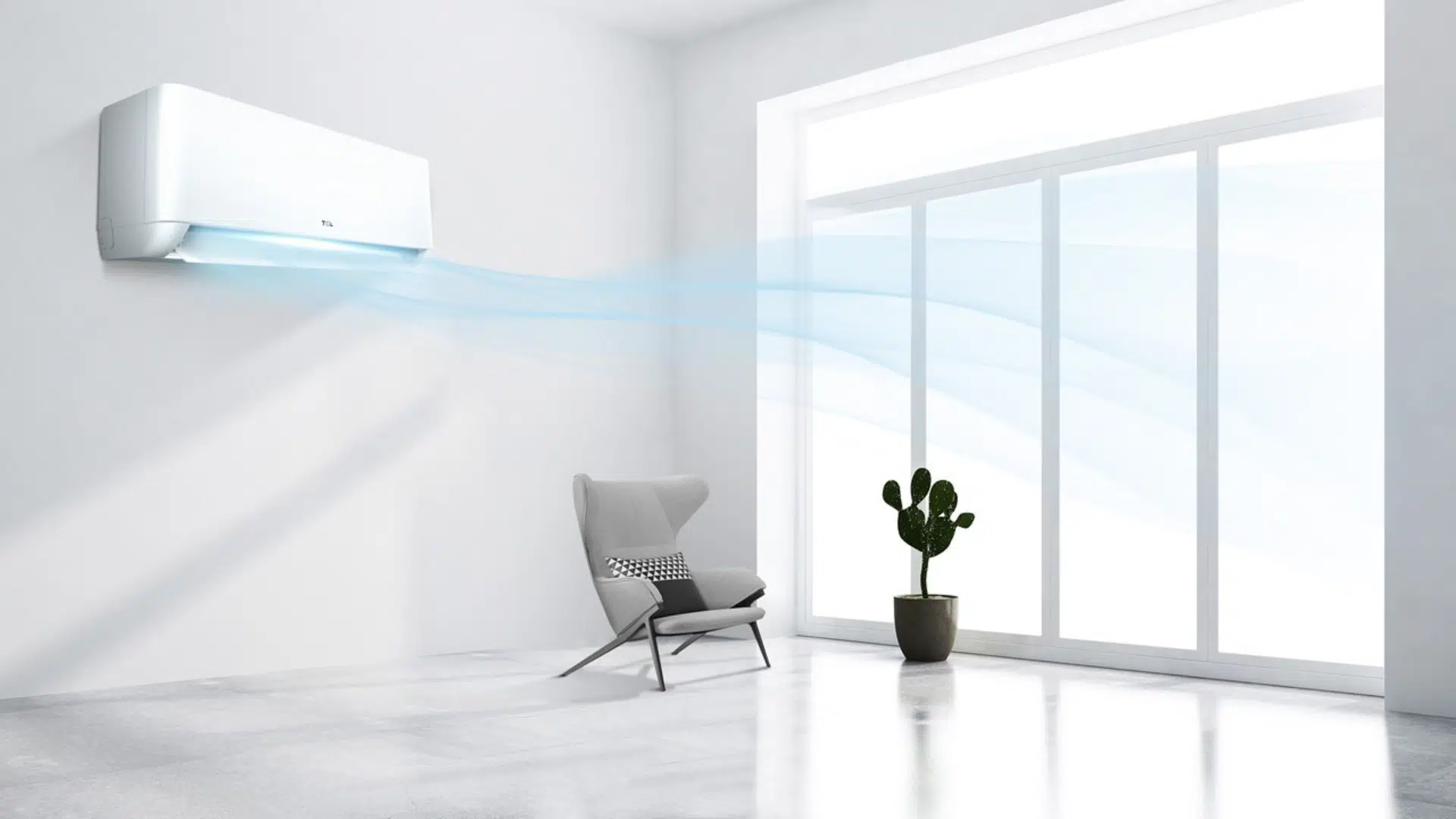


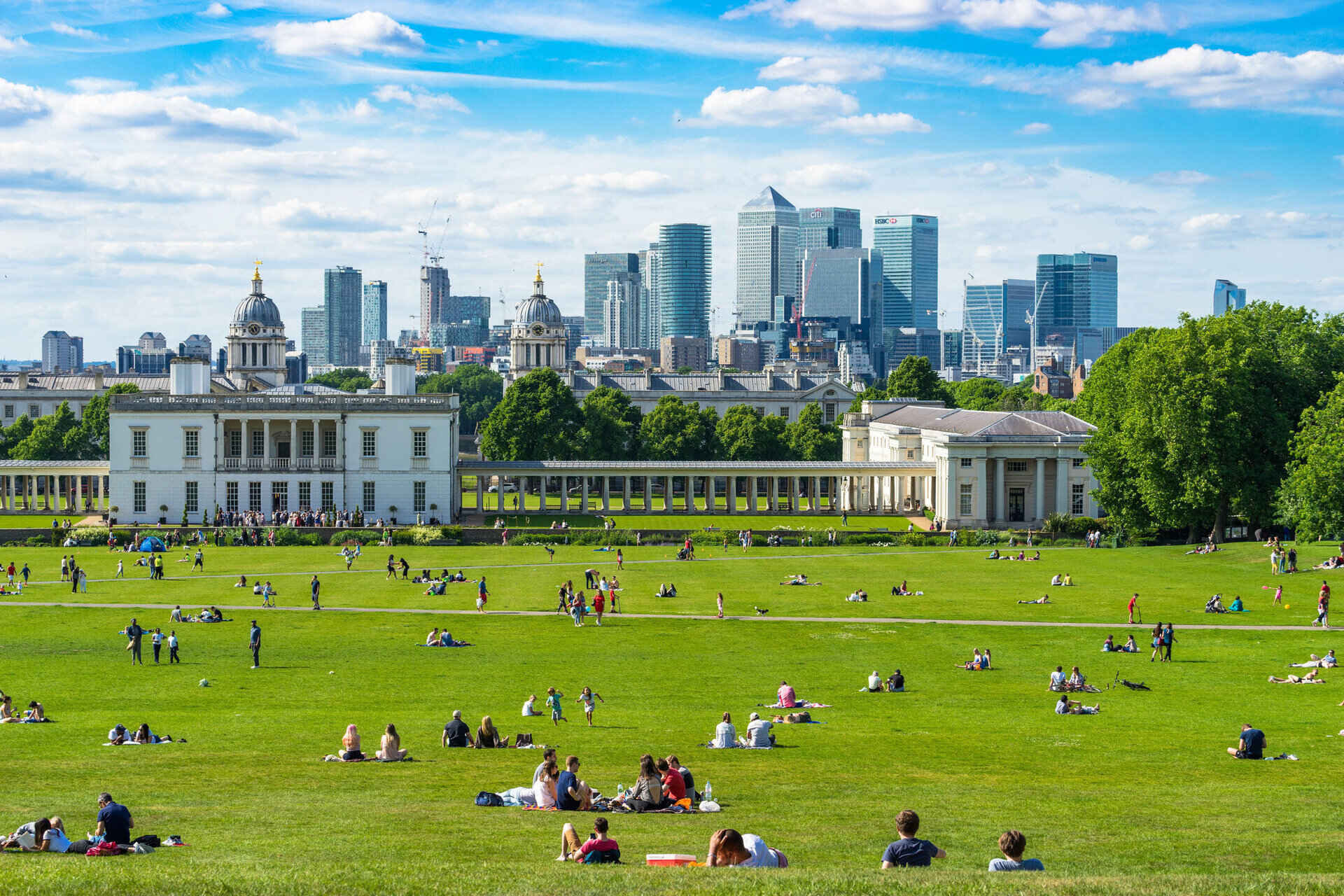

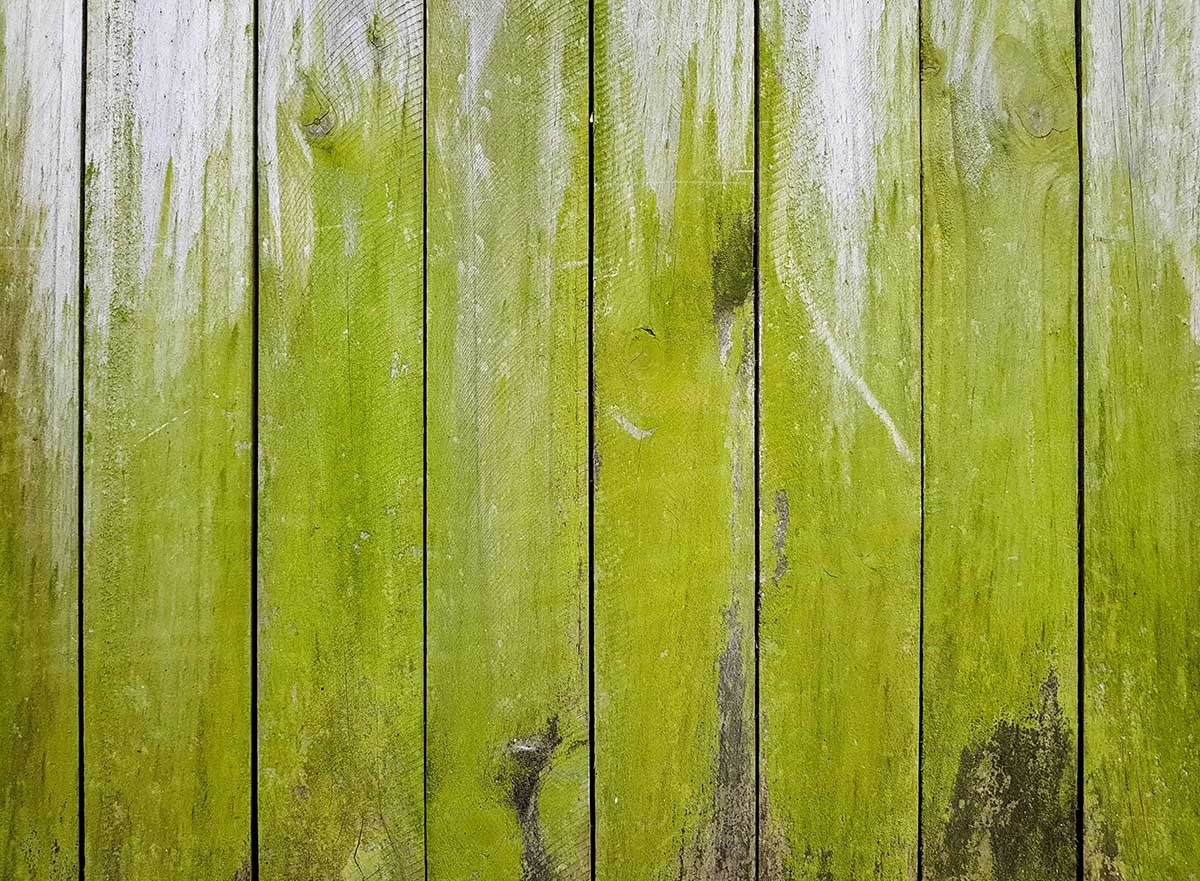

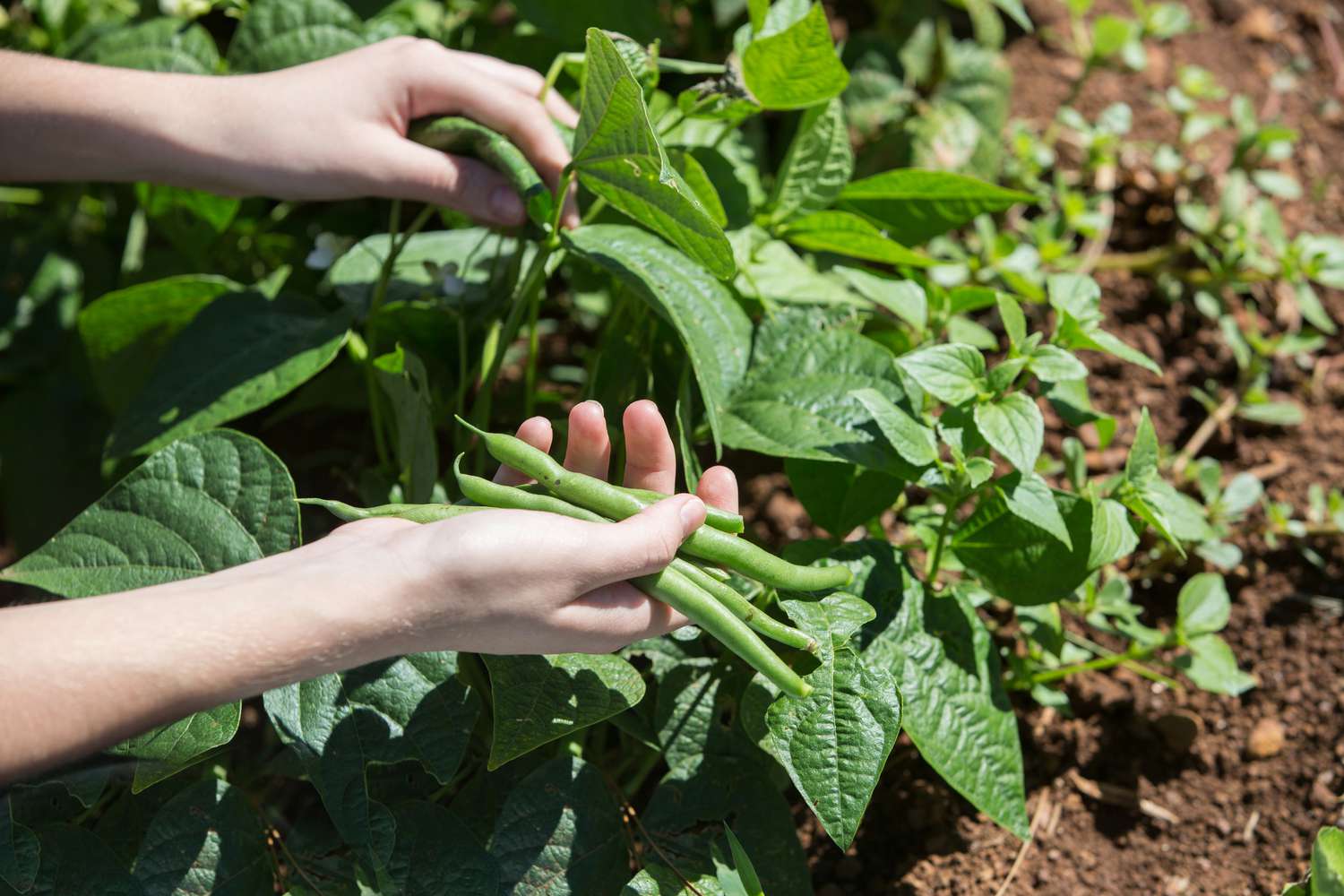
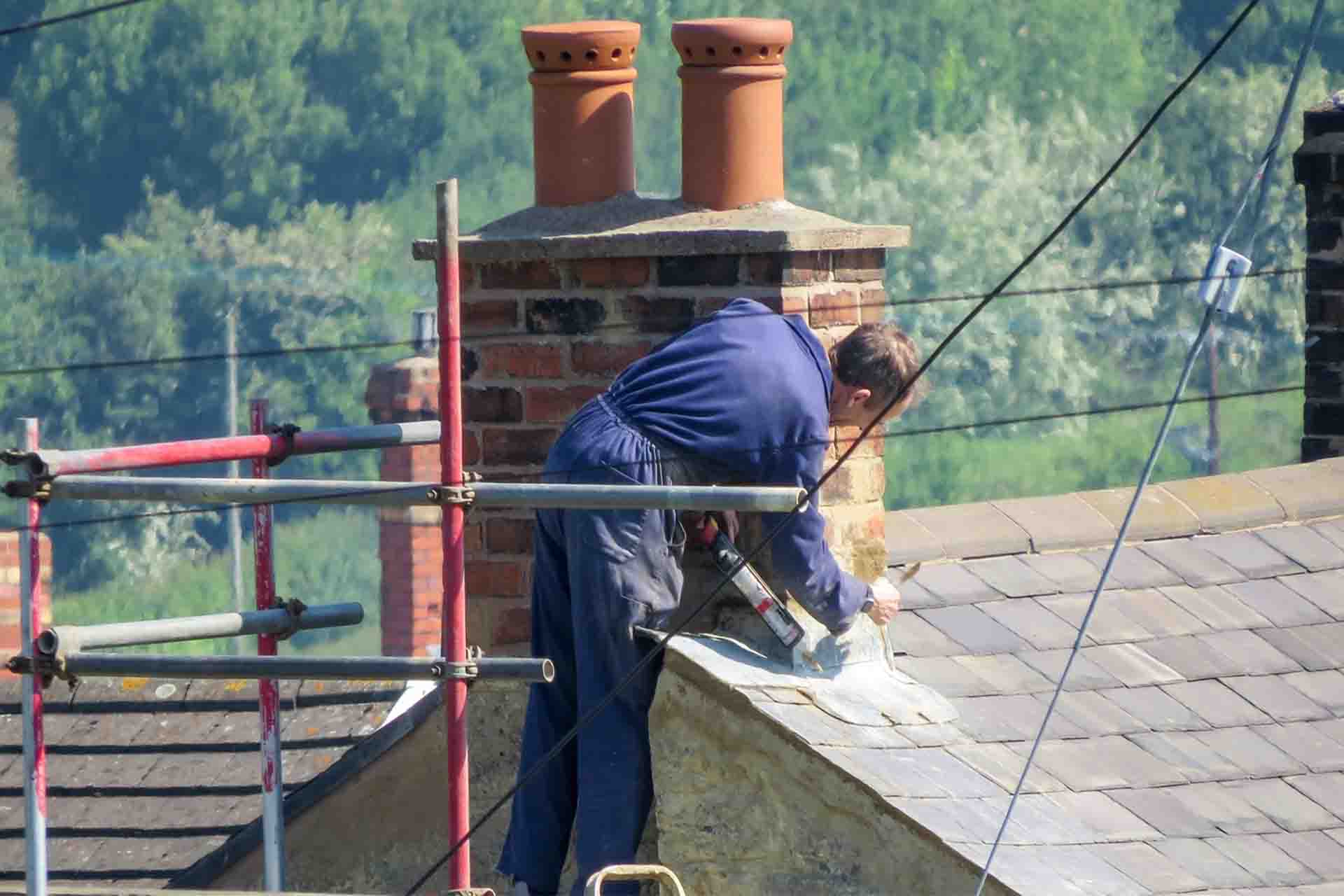
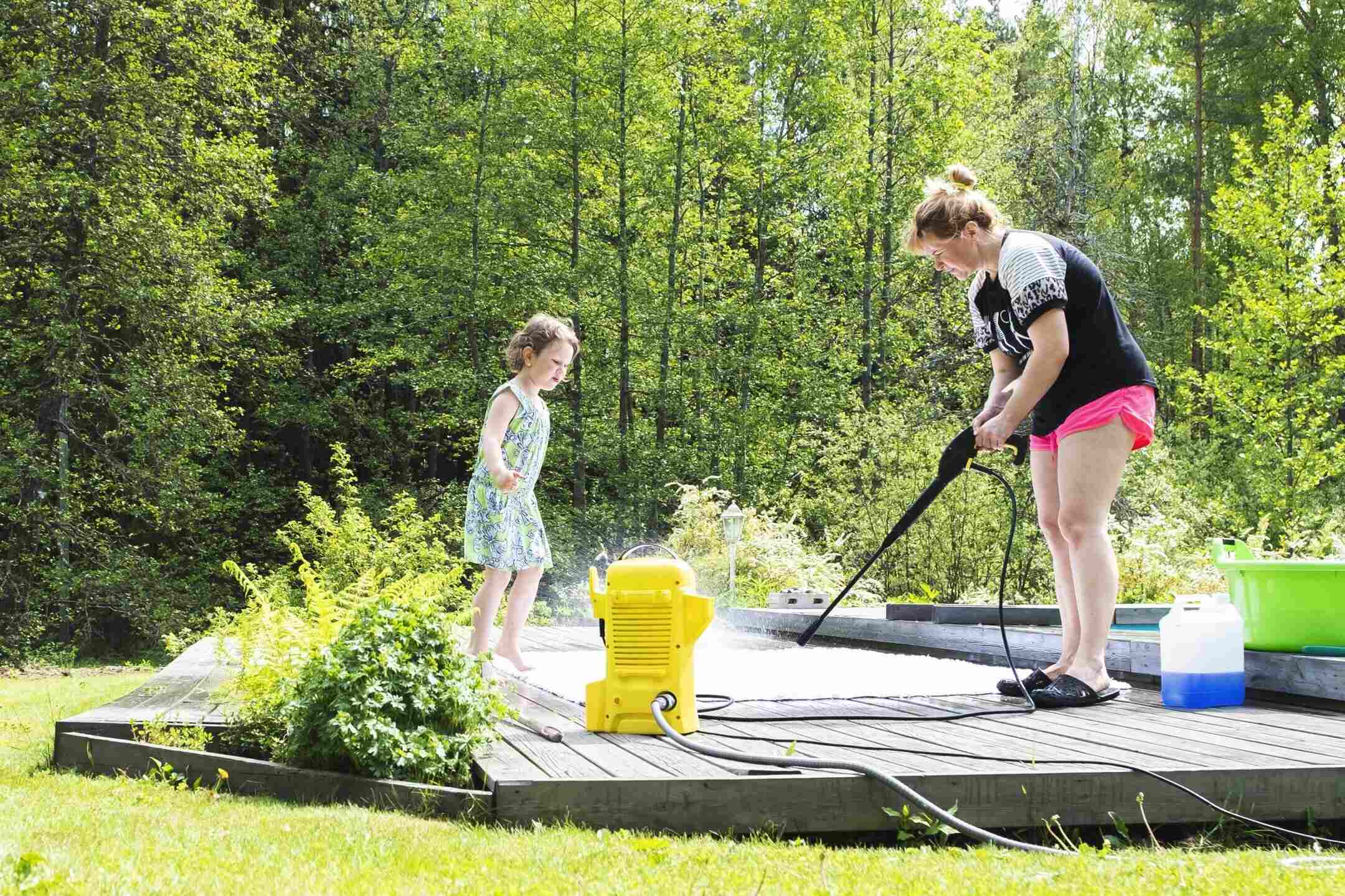



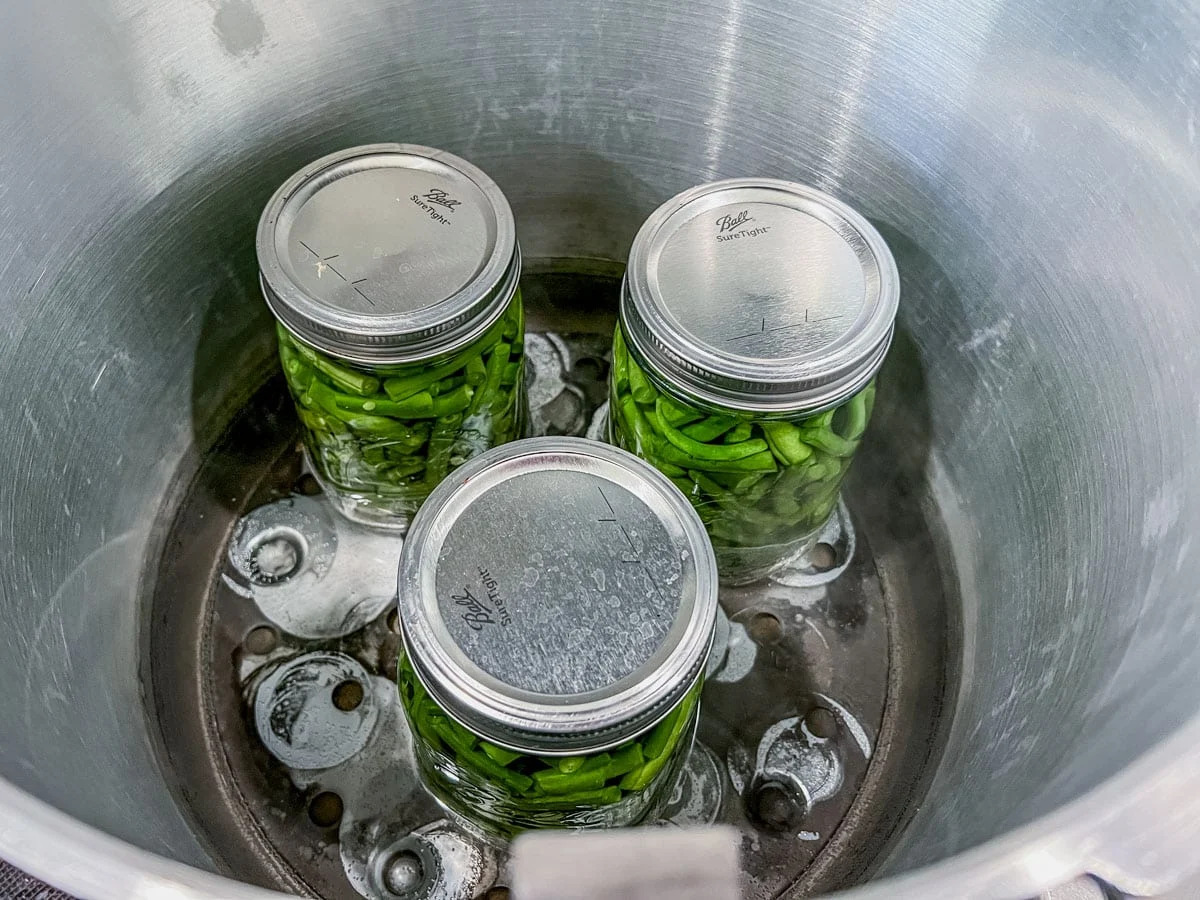

0 thoughts on “How Much Air Pollution Can Green Space Remove?”